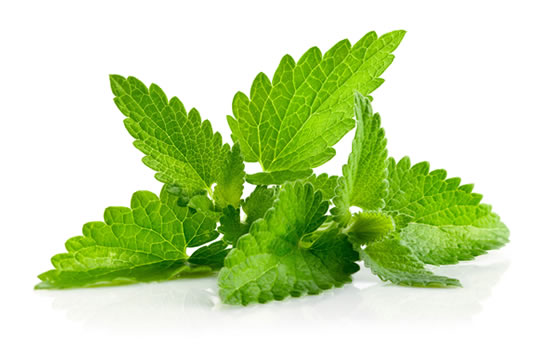Tattooing is an art form that has been used for centuries by tribal societies in religious rites and as a natural part of life.
At first banned and then appropriated by Western culture, tattoos have recently developed as a decorative art of self-expression; used by some to celebrate events, memorialize a departed loved one, or as a show of commitment to a life partner. Before you get a tattoo, make sure you know what’s involved and how to reduce the possible risks because these days a frighteningly growing number of teens and young adults around the world are injecting dangerous chemicals under their skin in the name of art and self-expression.
A wide range of dyes and pigments are now used in tattoos, from inorganic materials like titanium dioxide and iron oxides to carbon black, azo dyes, and acridine, quinoline, phthalocyanine and naphthol derivates, dyes made from ash, and other mixtures. The carrier solution itself might contain harmful substances such as denatured alcohols, methanol, rubbing alcohol, antifreeze, detergents, or formaldehyde and other highly toxic aldehydes.
Many people have reported reactions to intensely colored plastic-based pigments. There are also pigments that glow in the dark or in response to black (ultraviolet) light. Some of these pigments may be safe, but others are toxic and even possibly radioactive.
Tattoos might be more common than ever, but don’t take the risks lightly. Understand the possible health risks.
A gun equipped with needles punctures the top layer of the skin to deposit ink in the dermis, the deep layer of the skin. Sterilized tools such as the needles or gun, and ink that have been contaminated, can lead to infection.
Pain is always a factor. Depending on the part of the body you’re tattooing, the experience can feel like a pin scratch or like being carved by nails. And because the skin is punctured, bleeding is involved, which can put you at risk for blood-borne illnesses.
In addition to allergic reactions and the unknown long-term health effects from the metal salts and carrier solutions that make up tattoo inks, there are other health risks involved. Skin infections, psoriasis, dermatitis and other chronic skin conditions, and tumors (both benign, and malignant) have all been associated with tattoos. Due to the use of needles in tattoo application, there is also the risk of contracting infectious diseases such as tetanus, herpes simplex virus, staph, HIV, AIDS, Hepatitis B and C, and even Syphilis.
Sometimes bumps called granulomas form around tattoo ink. Tattooing also can lead to keloids — raised areas caused by an overgrowth of scar tissue.
Rarely, tattoos or permanent makeup might cause swelling or burning in the affected areas during magnetic resonance imaging (MRI) exams.
Culled from: mayoclinic.org












